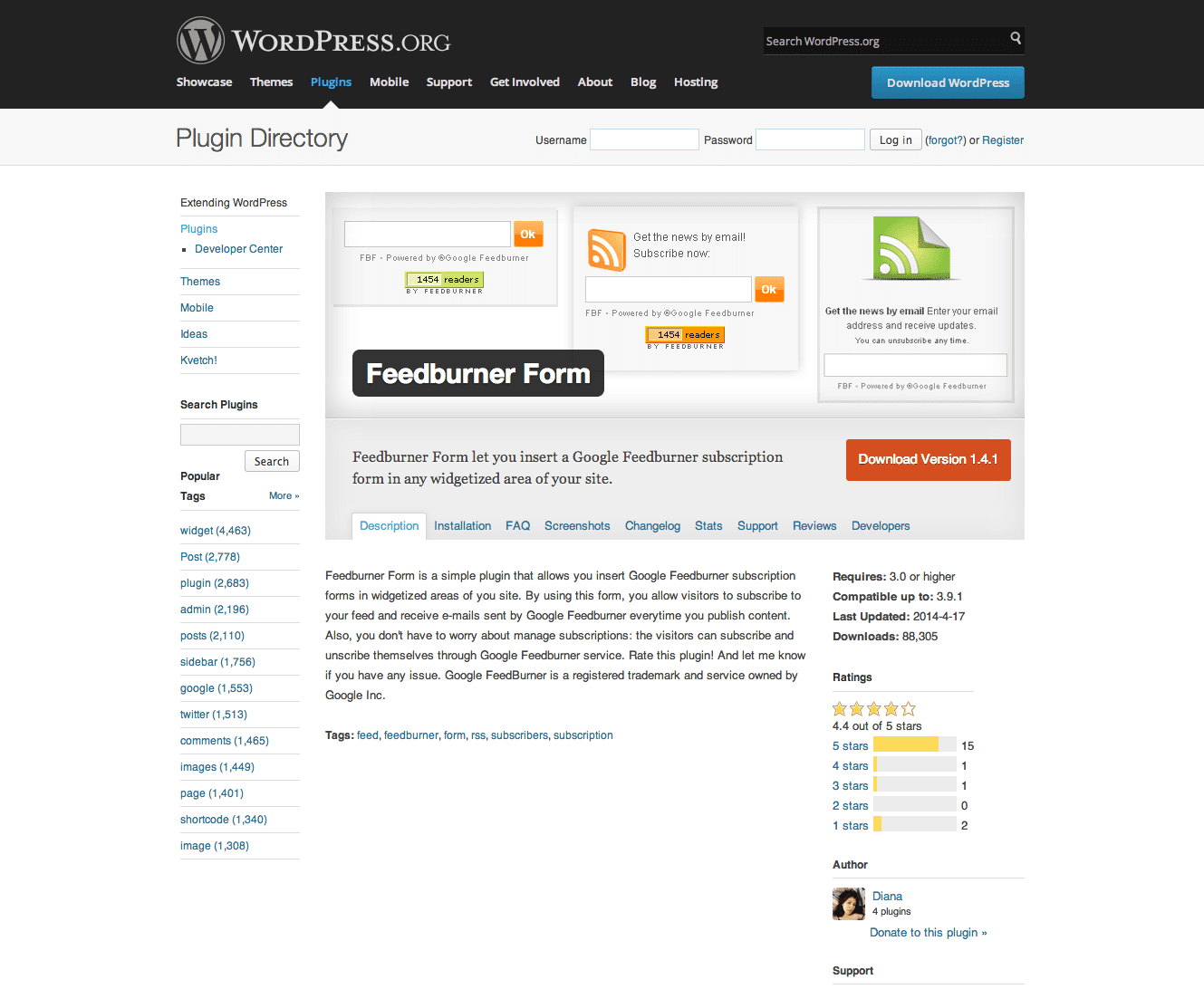
Thus, through listing, existing shareholders can opt for an exit route. The existing investors of the company can offer their shares to the public through an Offer for Sale (OFS) and sell off their shares to the public. If such investors want to liquidate their stake partially or completely, listing on the stock exchange can give them a solution. The shares of a lot of private companies are held by several stakeholders like the company’s promoters or private investors. Thus, listing of securities allows companies to tap into investor funds that can be used for business expansion purposes. The funds can also be used to reduce the debt burden of the company. When the shares are subscribed, there is an inflow of considerable funds from the market which gives the company the means to meet a sizable part of its financial needs. The company can issue fresh share capital to raise funds for growth and expansion. The primary goal of listing is to raise funds. Here are some advantages that a private company can derive by launching an IPO. There are many reasons behind a company’s decision to go public. After the shares are allotted to the investors, they are listed on the stock exchange.

The allotment is done via a random process to ensure there is no bias in choosing the beneficiaries. It is important to remember that there is a limited volume of shares and not every investor who applies for the IPO is allotted shares. Post IPO approval, interested investors, both retail and institutional, subscribe to the IPO and invest in the shares.

Companies have to comply with SEBI (the market regulator) norms before applying for IPO. How do companies list in the stock market?Ĭompanies can list themselves in the stock market by issuing an IPO. The company gets listed on the stock exchange from where investors can buy and sell the shares. Listing of securities or shares on the stock market or stock exchange is a process where the shares of a company become available to the public. So, what are the advantages of going public ? Are there any disadvantages too? How do investors benefit? Let’s find out. The Securities and Exchanges Board of India has laid down certain requirements that it needs to fulfill before launching an IPO which includes disclosing its financial records to the public. However, why do companies go public ?Įvery private company has a choice between staying private or going public. Investors get an opportunity to become shareholders in the company and earn dividends if the company profits as well as capital returns if the demand for the shares of the said company increases. When a company decides to go public, it offers shares at a pre-determined price/price-band through the IPO.

IPOs are the way for unlisted or privately traded companies to raise funds from the open market.Īn Initial Public Offering or IPO is the first issue of shares by a private company. Further, 35 IPOs are currently in the pipeline for this year, including Nykaa, Mobikwik, Aditya Birla AMC and the famed LIC.īut why is there an IPO frenzy in the market with startups, companies of scale, and many medium-sized enterprises itching to list on the stock exchange? As per a report by E&Y, 72 IPOs were launched in India between January and September, which raised a whopping $330.66 billion. Initial Public Offerings (IPOs) have taken Indian investors by storm in recent times.


 0 kommentar(er)
0 kommentar(er)
